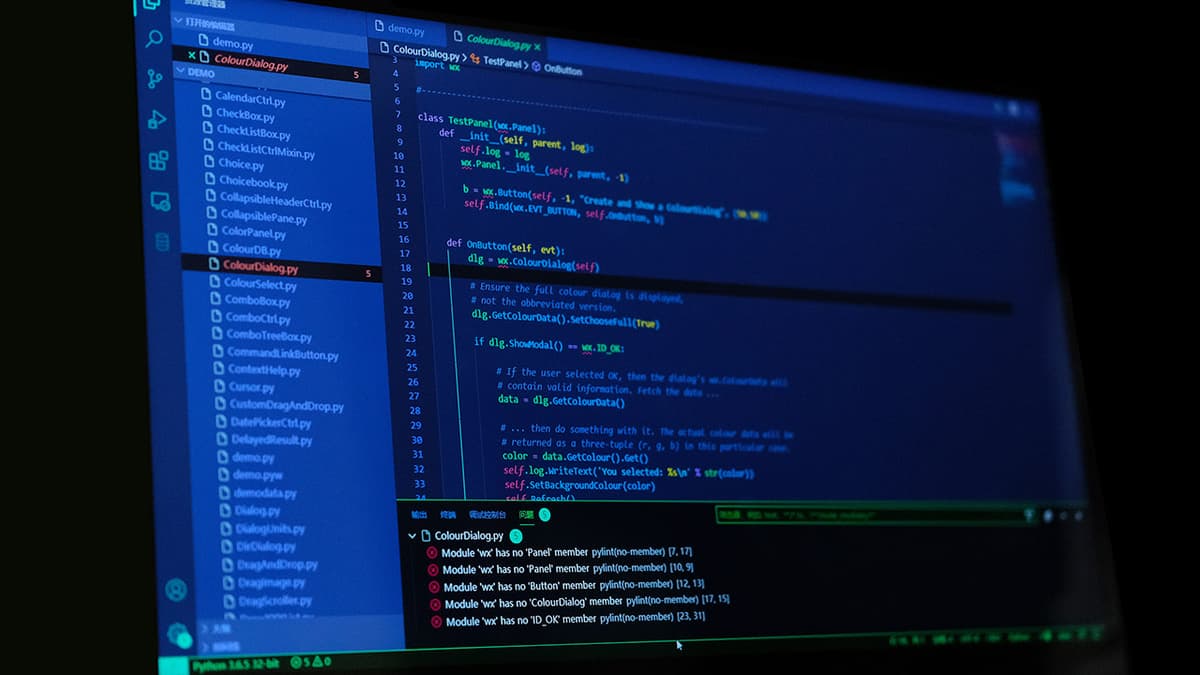How to Handle State in React Native Builder
Are you struggling to manage state effectively in your React Native applications? State management can be a challenging aspect of app development, but with the right approach and tools, you can simplify the process and build more robust applications.
In React Native, state management is crucial for handling data and keeping your UI in sync with the underlying data changes. There are several methods and libraries available for managing state in React Native, each with its own strengths and use cases.
Understanding State in React Native
Before we dive into the strategies for handling state in React Native, let's first understand what state is and why it's important. State in React Native represents the data that can change over time during the lifecycle of a component. It allows components to be dynamic and responsive to user interactions, server responses, and other external events.
There are two main types of state in React Native: local component state and global state management. Local component state is managed within a single component and is not shared with other components. Global state management, on the other hand, involves sharing state across multiple components and is typically used for managing application-wide data.
Managing Local Component State
For managing local component state in React Native, you can use the built-in useState hook provided by React. This hook allows you to add state to functional components without converting them into class components. Here's an example of using the useState hook to manage a simple counter state:
Javascript
By using the useState hook, you can easily update the state and trigger re-renders when the state changes. This approach is simple and effective for managing local component state in React Native.
Implementing Global State Management
When it comes to managing global state in React Native, libraries like Redux and MobX are popular choices. These libraries provide a centralized store for your application state and offer mechanisms for updating and accessing the state across different components.
Redux, in particular, follows a unidirectional data flow pattern and uses reducers to update the state based on dispatched actions. MobX, on the other hand, leverages observables and reactions to automatically track state changes and update components.
Here's a brief example of using Redux for global state management in a React Native application:
Javascript
Javascript
Javascript
By integrating Redux into your React Native application, you can achieve a more structured approach to global state management and facilitate data flow between components.
Exploring Alternative State Management Libraries
In addition to Redux and MobX, there are several other state management libraries that you can explore for your React Native projects. Some popular alternatives include Recoil, Redux Toolkit, and Zustand, each offering unique features and paradigms for managing state.
Recoil, developed by Facebook, provides a simple and efficient way to manage global state with minimal boilerplate code. Redux Toolkit, an opinionated set of tools built on top of Redux, streamlines the setup and configuration of Redux store. Zustand, a tiny and fast library, focuses on creating store hooks for managing state in functional components.
Depending on your project requirements and preferences, you can evaluate these alternative state management libraries and choose the one that best fits your needs.
Best Practices for State Management
Regardless of the state management approach you choose in React Native, there are some best practices that you should follow to ensure clean and maintainable code:
- Separation of Concerns: Divide your state into logical slices and avoid storing unrelated data together.
- Immutability: Update state immutably to prevent unintentional side effects and facilitate predictable behavior.
- Use Hooks Wisely: Leverage React hooks like
useState,useReducer, anduseContextappropriately based on the complexity of your state logic. - Optimize Performance: Implement memoization techniques and avoid unnecessary re-renders by optimizing your state management code.
By adhering to these best practices, you can structure your React Native applications in a way that promotes scalability, readability, and maintainability in the long run.
Effective state management is a crucial aspect of building robust and responsive React Native applications. By leveraging the right tools and adopting best practices, you can streamline the handling of state in your projects and create a more engaging user experience.
Whether you opt for local component state using the useState hook or implement global state management with libraries like Redux or MobX, remember to prioritize clarity, efficiency, and maintainability in your state handling strategies.
As you continue to refine your state management techniques in React Native, stay curious and open to exploring new approaches and libraries that can enhance the quality and performance of your applications. Embrace the dynamic nature of state in React Native and empower your apps with smooth data flow and interactive user interfaces.












